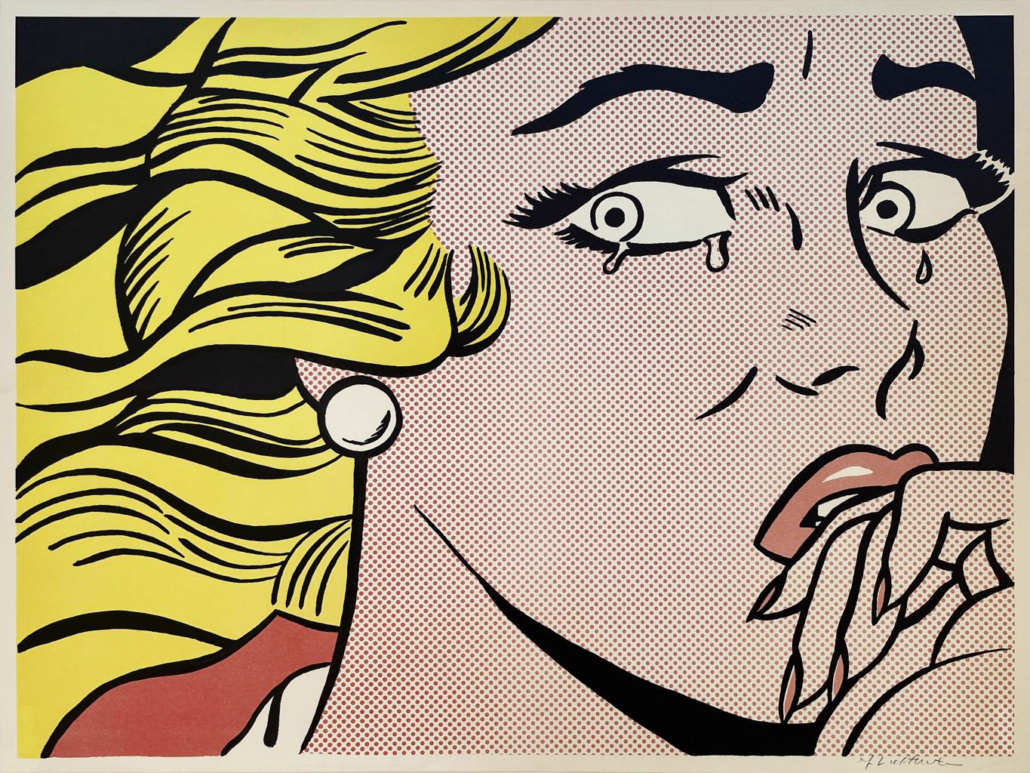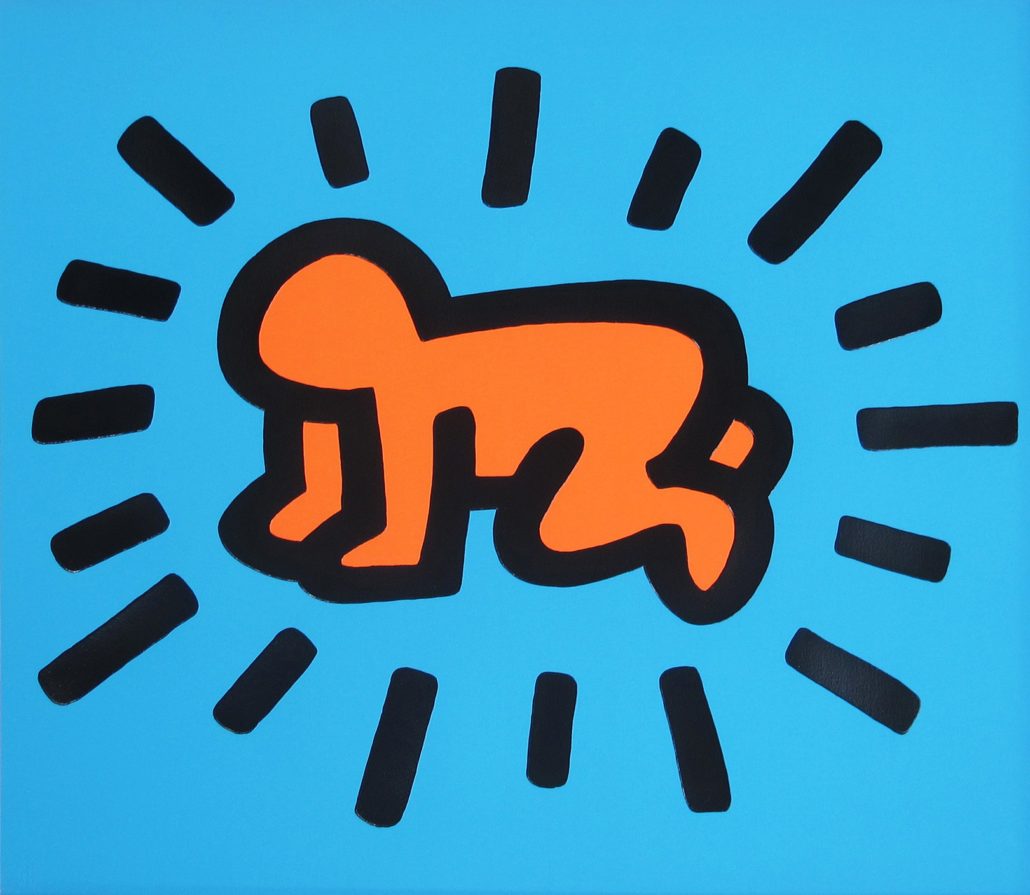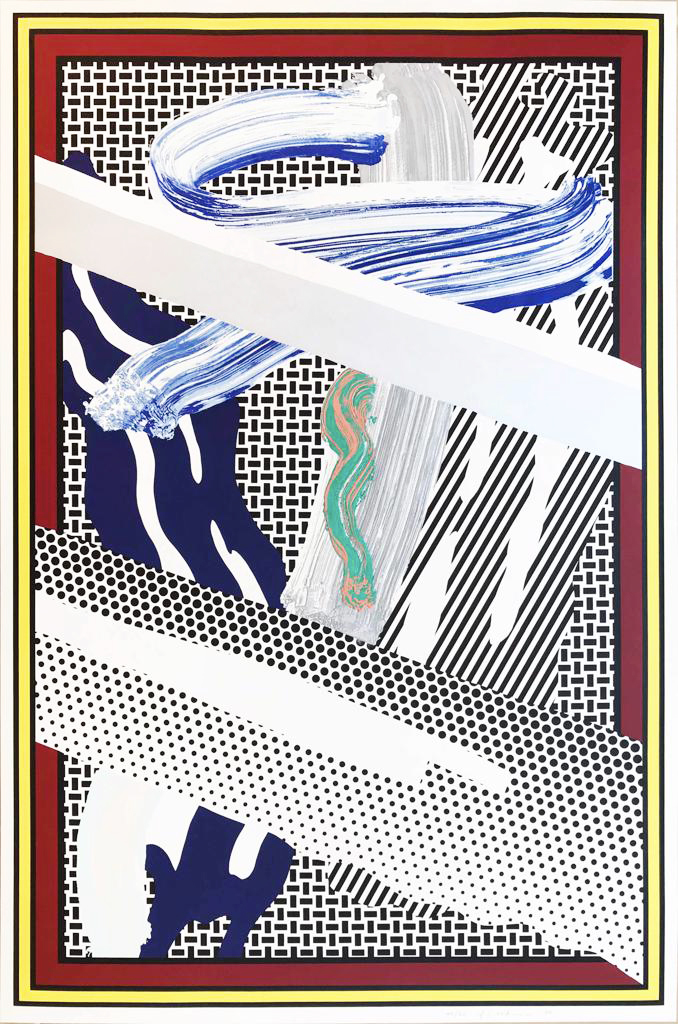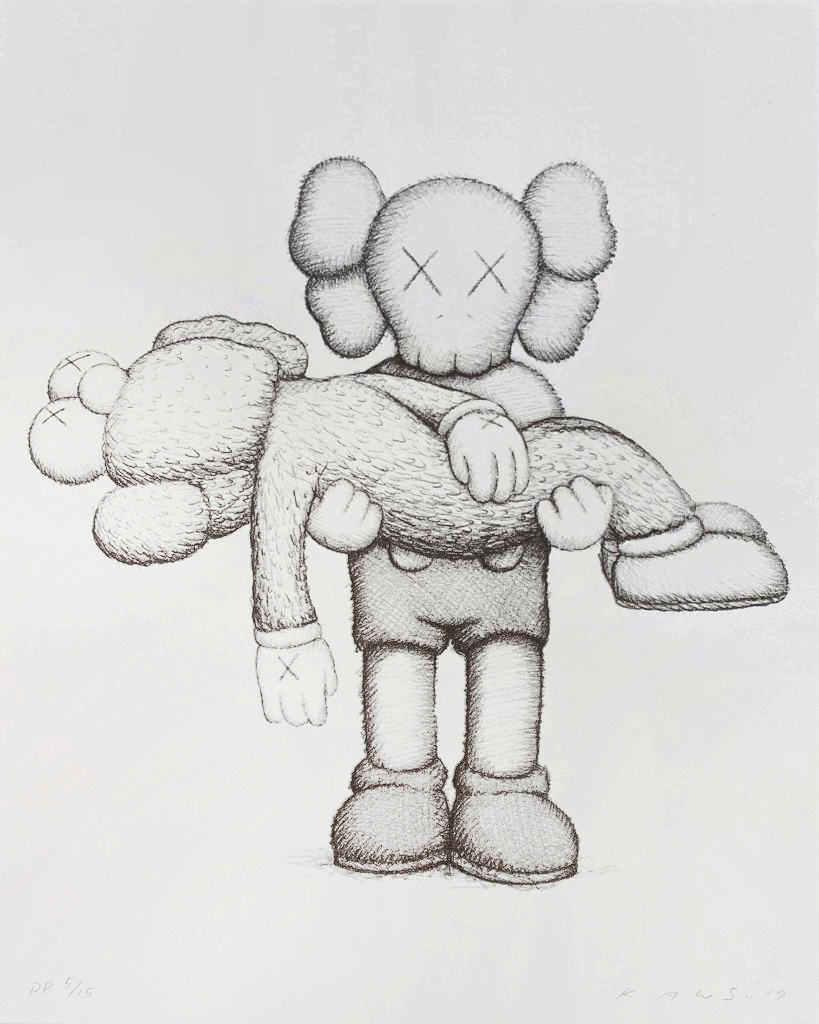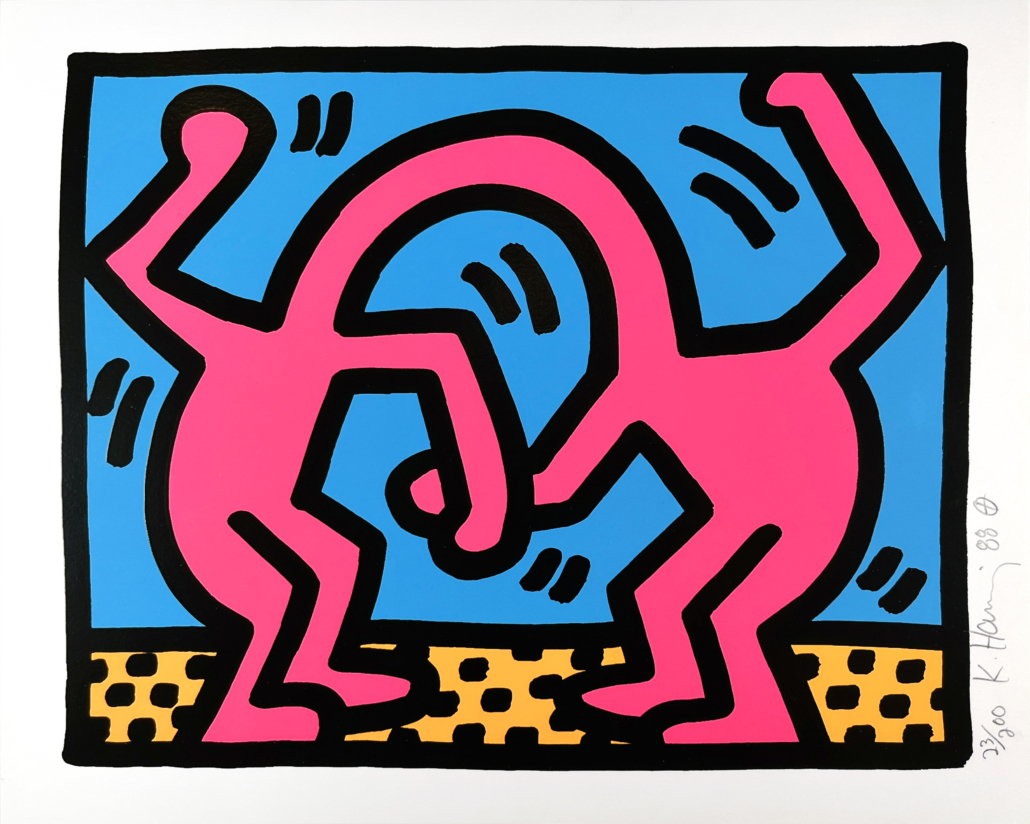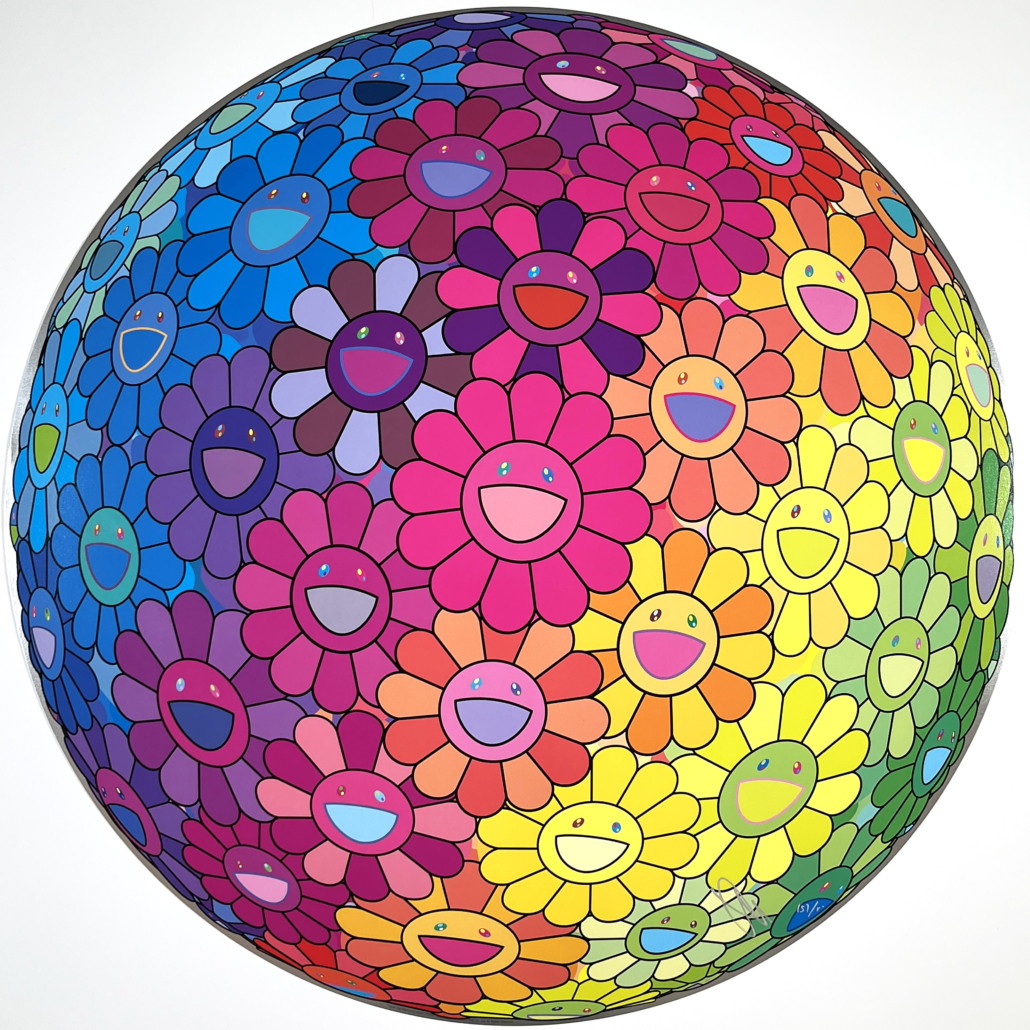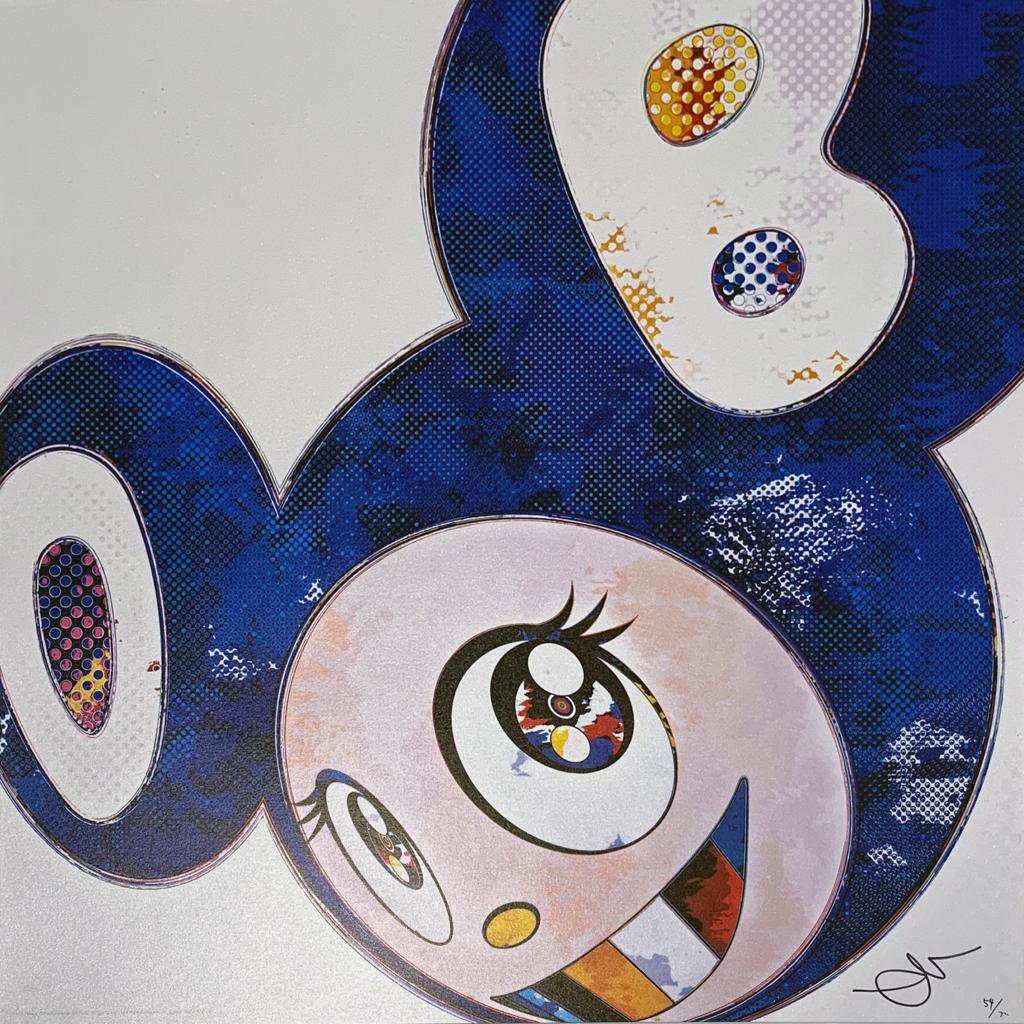Art has the incredible ability to transcend time and boundaries, capturing the essence of an era while simultaneously pushing the boundaries of creativity. Cartoon pop art and comic pop art encapsulate this dynamic fusion of popular culture, comic book aesthetics, and artistic innovation. Let’s dive into the history, artworks, and contributions of these genres, while paying homage to six influential artists who have left an indelible mark on the art world.
History and Evolution
The roots of cartoon pop art and comic pop art can be traced back to the mid-20th century, a period marked by a cultural shift towards mass media, consumerism, and the emergence of pop culture icons. These art forms emerged as reactions to the prevalent abstract expressionism, aiming to celebrate the everyday and the mundane.
Cartoon Pop Art
Cartoon pop art draws inspiration from comic strips, advertisements, and commercial imagery. Roy Lichtenstein, one of the pioneers of this genre, gained fame for his signature use of bold, primary colors and Ben-Day dots – a printing technique used in comics. Lichtenstein’s iconic works like “Whaam!” and “Crying Girl” exemplify his skill in reimagining comic book panels as large-scale artworks.
Comic Pop Art
Comic pop art delves deeper into the comic book world, often incorporating elements of satire, social commentary, and subversion. Artists like Keith Haring took this approach to express societal concerns. Haring’s distinctive characters, such as the radiant baby, became symbols of activism and unity.
Roy Lichtenstein, often hailed as a pioneer of comic pop art, revolutionized the art world by reimagining comic book imagery as high art. Born in 1923, Lichtenstein’s works gained prominence in the 1960s, a time of cultural upheaval and the rise of pop culture. His signature style incorporated the use of Ben-Day dots, a technique borrowed from commercial printing, to create a pixelated and vibrant effect on canvas.
Lichtenstein’s relationship with comic pop art was epitomized by his iconic pieces like “Whaam!” and “Drowning Girl.” These artworks transformed mundane scenes from comic strips into powerful narratives with emotional depth. By isolating moments of tension, action, and romance, Lichtenstein highlighted the artistry embedded within seemingly trivial images.
Through his works, Lichtenstein challenged the traditional demarcation between high and low art, infusing elements of mass media and consumerism into the realm of fine art. His unique blend of technique, color palette, and subject matter created a lasting legacy that continues to inspire artists exploring the boundaries of popular culture and artistic expression.
Brian Donnelly, widely recognized by his moniker KAWS, has emerged as a contemporary force in the realm of cartoon pop art. Initially renowned for his graffiti art and distinctive reinterpretations of pop culture characters, KAWS’s journey from street art to gallery walls exemplifies the evolving relationship between comic pop art and fine art.
KAWS’s iconic “Companion” figures, which often feature crossed-out eyes, inject a sense of irreverence into beloved characters. These figures, rendered in various media from vinyl toys to large-scale sculptures, challenge the conventional notions of nostalgia and consumerism. By seamlessly integrating recognizable characters with a distinctive twist, KAWS bridges the gap between childhood nostalgia and contemporary art, prompting viewers to engage with his works on multiple levels.
His ability to evoke emotions through reimagined pop culture symbols underscores his significance in the world of art, making KAWS a defining figure in the ongoing dialogue between popular culture and artistic innovation.
Adding another vibrant stroke to the canvas of cartoon pop art is Kenny Scharf, an artist whose work radiates a cosmic energy and a kaleidoscopic blend of cartoon aesthetics and pop culture. Born in 1958, Scharf emerged during the 1980s New York art scene, a period marked by urban creativity and a fusion of street art, graffiti, and contemporary art.
Scharf’s unique style is characterized by his playful depictions of animated characters, extraterrestrial beings, and surreal landscapes. His works often incorporate iconic figures from television and pop culture, reimagining them within his otherworldly universe. This cosmic aspect of his art distinguishes him as a visionary within the realm of cartoon pop art.
His large-scale murals, featuring vibrant colors and intricate details, infuse urban landscapes with a sense of wonder and imagination. Scharf’s cosmic cartoon pop art transports viewers to alternate dimensions where pop culture and the cosmos collide, encouraging us to explore the boundaries of our imagination.
Kenny Scharf’s contribution to the world of art lies in his ability to merge the whimsical and the profound, inviting viewers to experience a sense of childlike wonder while contemplating the mysteries of the universe. His work serves as a reminder that even in the vastness of space, there is room for the familiar comfort of cartoon pop art and the limitless possibilities of artistic creativity.
Keith Haring’s artistic journey was deeply intertwined with comic pop art, as he used his distinctive style to communicate profound social messages. Emerging in the 1980s New York art scene, Haring’s graffiti-inspired artwork was not only a visual delight but also a potent tool for addressing societal issues.
Haring’s iconic characters, often depicted in bold lines and vibrant colors, conveyed messages of love, unity, and activism. His “Radiant Baby” symbol became a representation of hope, while his subway chalk drawings engaged a diverse urban audience with their immediate accessibility.
While Haring’s style was rooted in comic pop art’s aesthetics, his mission extended far beyond aesthetics. His art became a means of advocating for AIDS awareness, LGBTQ+ rights, and anti-apartheid activism.
By seamlessly blending the joyful and the poignant, Haring demonstrated the power of comic pop art to facilitate meaningful conversations about critical societal matters.
Takashi Murakami’s exploration of the comic pop art realm introduced the concept of “superflat,” a term he coined to describe his style’s amalgamation of traditional Japanese art with contemporary influences. This innovative approach, rooted in Japan’s rich visual history, presents an engaging dialogue between comics, consumerism, and high art.
Murakami’s artworks often feature cheerful, cartoon-like characters, including his most recognizable creation, Mr. DOB. These characters are juxtaposed against colorful backgrounds and ornate patterns, reflecting his ambition to flatten distinctions between fine art and commercial imagery.
By embracing elements of mass media, anime, and traditional Japanese aesthetics, Murakami’s work challenges hierarchical notions of art while reflecting the global reach of comics as a form of creative expression.
Julian Opie’s approach to cartoon pop art is characterized by minimalism and reductionism, focusing on capturing the essence of subjects with basic lines and colors. His portraits, often composed of simplified forms, evoke a sense of recognition through their familiar and approachable style.
Opie’s art engages with the concept of identity and representation in the context of a visually oversaturated world. His distinctive portraits of individuals, rendered in a simplified and bold style, prompt viewers to consider how people are perceived and represented in contemporary culture.
Through his minimalist yet evocative approach, Opie draws parallels between comic pop art’s intention to communicate complex ideas through simplified visuals and his exploration of human identity within a visually overloaded society.
Conclusion
The influence of comic pop art and cartoon pop art on contemporary art is undeniable, with these genres evolving from their humble origins into powerful conduits for self-expression, social commentary, and cross-cultural dialogue.
Roy Lichtenstein, KAWS, Keith Haring, Kenny Scharf, Takashi Murakami, and Julian Opie stand as luminaries within these genres, showcasing the remarkable ways in which art can bridge the gap between popular culture and fine art while continuing to challenge artistic norms and societal perceptions.

